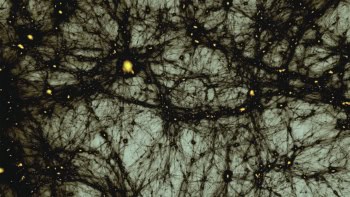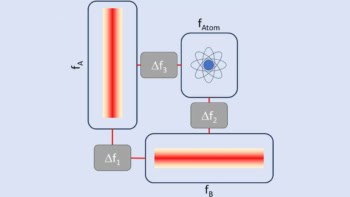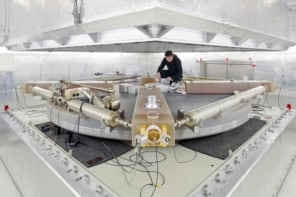The Hubble Space Telescope has pinpointed the most distant galaxy ever observed. Kenneth Lanzetta, Hsiao-Wen Chen and Sebastian Pascarelle from the State University of New York at Stony Brook detected the galaxy at ultraviolet wavelengths using the Space Telescope Imaging Spectrograph. The galaxy has a redshift of 6.68, which means that we are seeing it as it existed when the universe was only 5% of its present age (Nature 398 586).
Galaxies with extremely large redshifts are hard to detect as the radiation they emit shifts to longer wavelengths that are easily absorbed by giant intergalactic hydrogen clouds. Another problem is that their luminosity is dimmed by the vast distances the photons travel, while any radiation that does reach the Earth is absorbed by our atmosphere. Such galaxies are therefore impossible to detect by ground-based telescopes.
However, the 2.4m Hubble Space Telescope is above the atmosphere, and can easily focus on these distant galaxies. The galaxy spotted by Lanzetta, Chen and Pascarelle is highly energetic at ultraviolet wavelengths, which allows light from the galaxy to pass through the hydrogen clouds. This suggests that the galaxy is unusually active in star formation. The researchers speculate that between 4 and 25 solar masses of material per year are converted into stars. They also suggest that the low heavy-element content seen in the starlight indicates that the stars formed in this galaxy are some of first stars formed in the universe. Studies of these objects – which are very different to older galaxies – may help astronomers discover how more ‘normal’ galaxies arose.



